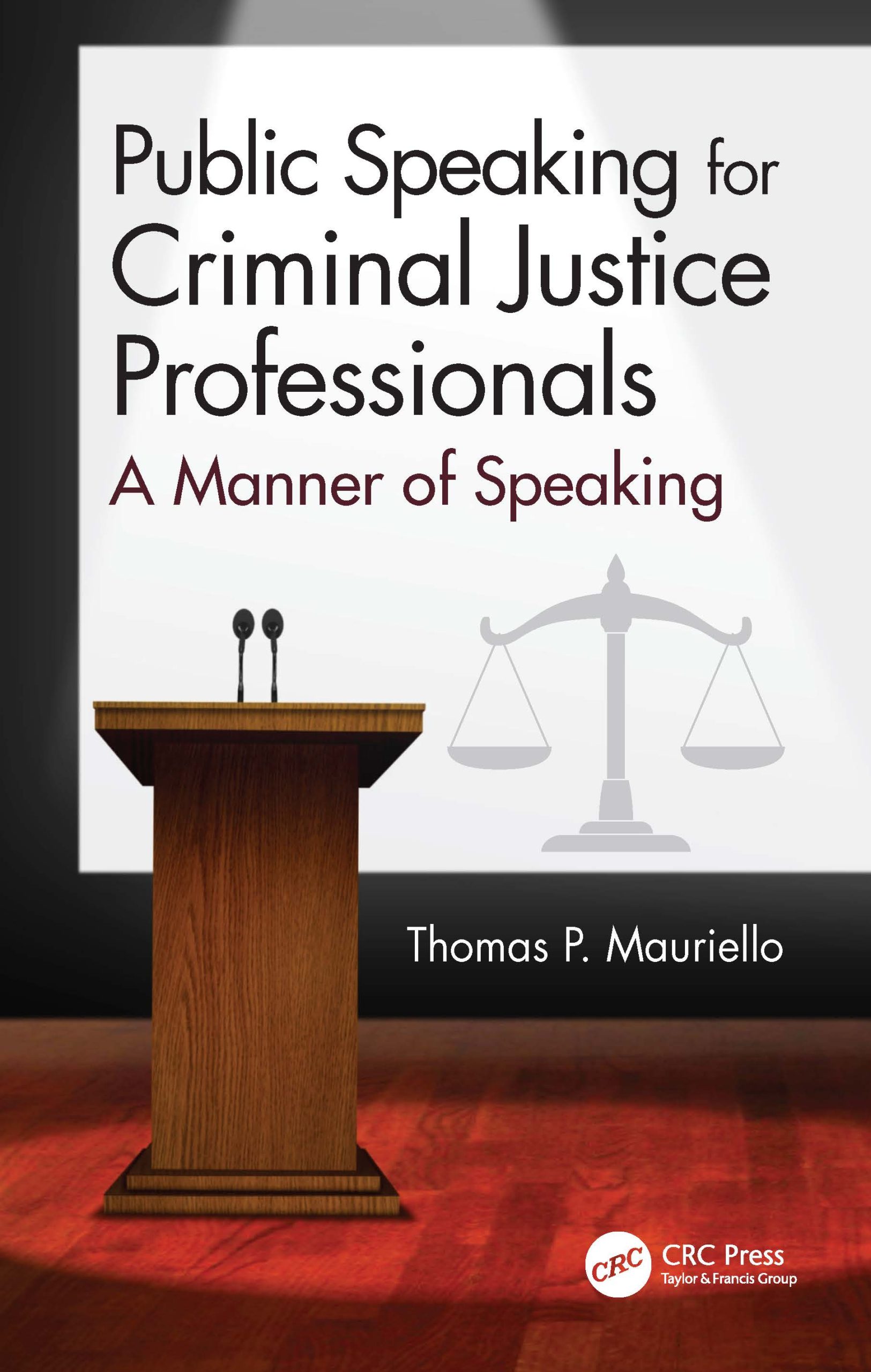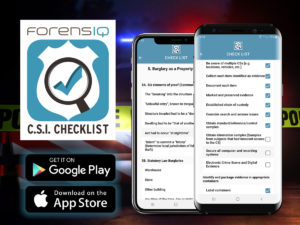Detecting Explosives with Light
Research from the University of Adelaide has created a sensor that can detect tiny quantities of explosives with the use of light and special glass fibers. This fibre sensor can detect explosives in concentrations as low as 6.3 ppm (parts per million). Its analysis time are only a few minutes. Traditionally explosives detection has involved looking for metals that encase them such as in land mines. But today explosive devices will often have no metal in them so we need to be able to detect the explosive material itself. It uses a plastic material that emits red light when illuminated with green laser light, and the amount of red light it emits is reduced by the presence of explosives. It also has high sensitivity and it can detect tiny quantities of an explosive. This can also be used to quantify the amount of explosive by looking at how the light emission changes over time. This type of technology could help greatly in the fight against terrorism.
Click here for full article
Source: Science Daily
[Abstract written by Alicia Terrell, ForensIQ Intern, 051514]
Obliterated Serial Numbers in Firearms
A report released by The National Institute of Justice gives a different way to detect compromised serial numbers on firearms. The two most used ways for restoring serial numbers is MPI and chemical etching. These technologies were compared to magneto optical (MO) sensor technology. This comparison revealed that MO sensor technology is a viable and reliable serial number restoration technique. This technique doesn’t damage the sample. Its also safe to use and easy. Also compared to the other technologies it did better in sensitivity, specificity, accuracy, and precision. The MO sensor technology works with multiple layers called wafers. It works by passing polarized light from a light source under influence of an external magnetic field. The light is reflected by the mirror layer after crossing the MO active film (layer). An analyzer eliminates all non‐altered components of the mirrored light beam. The result is a colored image of all magnetic fields over the sensor area where a camera records the image. The draw back of this technology is that it can only be used on flat surfaces and it is more expensive. But because of its positives it can be used as a fall back plan to investigators.
Click here for full article
Click here to read report
Source: Forensic Magazine
[Abstract written by Alicia Terrell, ForensIQ Intern, 050814]
Back to the Basics: Effectively Sketching a Crime Scene
There are numerous pieces of equipment and types of technology that can be used to diagram and map crime scenes. However, it is always good to be able to sketch a scene by hand if necessary. This article provides various tips, guidelines, and pointers, as well as diagrams that can help you sketch a scene effectively and accurately. These tips focus heavily on taking accurate measurements and four basic techniques that can be used to measure a scene.
Click here to read the full article.
[Abstract Written by Walter Tates, ForensIQ-Inc. Intern, 050814]
Crime Scene Blood Impressions Web Course
Although they are not frequently found at crime scenes, blood impressions can be a very key piece of evidence as it can definitively link a person to a crime scene. Knowing the best way to analyze this type of evidence could be crucial in utilizing this type of evidence in the most effective way possible. RTI International is offering a free, on demand presentation of a webinar titled Florescence of Blood Impressions with Acid Yellow. The webinar is 90 minutes long and provides step by step demonstration and discussion, instructing on the use of acid yellow 7 for blood impressions.
Click here to register for the course.
[Abstract Written by Walter Tates, ForensIQ-Inc. Intern, 050814]
Skin Bacteria Identifies You
We leave more behind than just DNA and fingerprints. We each have bacteria on our hands that can be more unique to us than DNA. According to a study by Rob Knight a microbial ecologist, bacteria on your hands leave a print behind that can be identified with up to 95% certainty. The study tested whether or not skin bacteria could be easily recovered from surfaces and if that bacteria would identify the individuals who had left it behind. He suggests that this can be used alongside DNA evidence or when it is not present. But he cautions that this forensic analysis requires considerable testing and refinement before it can be regularly used in criminal investigations. But once refined this technique could make a significant difference with investigations.
Click here for full article
Click here for Knights study
Source: Business Insider
[Abstract written by Alicia Terrell, ForensIQ Intern, 041014]
Packaging Evidence
In the process or collecting evidence, it is of crucial importance to store and package it properly. If packaged incorrectly, the evidence can be damaged, destroyed, or compromised. Knowing how to store specific types of evidence so that they may be transported from crime scene to crime lab can make the difference between having useless evidence, and evidence that can be helpful in an investigation. This article gives tips and guidelines on how to properly package various types of evidence, ranging from DNA and blood evidence to physical evidence such as liquids, powders, and weapons of various natures.
Click here to view the full article.
[Abstract by Walter Tates, ForensIQ-Inc. Intern.]
New Handheld Drug-Testing Device
Intelligent Fingerprinting’s innovative device is offering a revolutionary approach to drug screening. The handheld portable drug-testing device analyzes the sweat from a single fingerprint sample for drug metabolites, which if present, indicate drug use. The device provides results in less than 10 minutes and screens for multiple drugs including Amphetamines, Benzodiazepines, Cannabis, Cocaine and Opiates. This product will launch 2015 so mark your calendars!
For more information about this fingerprinting drug-testing device click here!
Source: Intelligent Fingerprinting
[Abstract written by Noel Andres, ForensIQ Intern 2/19/14]
6 Don’ts of Crime Scene Laser Scanning
Documenting crime scenes is important and crucial business, and with technology advancing at such a rapid pace it is becoming easier to do. One advancement that has helped the documentation of crime scenes is that of laser scanning, a method of using lasers to digitally construct a three dimensional copy of the crime scene. Advances with this technology have made it even easier and more efficient to accurately document crime scenes while preserving the integrity of both the scene and the scan data. However, no method is perfect and provided in this article is a list, with thorough explanations, of six don’ts when it comes to using laser scanning technology to document your crime scene.
Click here to view the entire article.
[Abstract written by Walter Tates, Forensiq Inc. Intern. 021914]
Touch DNA
DNA evidence is crucial when it comes to identifying suspects, victims, and whomever else is of interest in an investigation. Finding and retrieving this evidence is a delicate process which requires technique and proper knowledge of retrieval in order to maintain the integrity of the evidence. This article provides the reader with steps to ensure the proper attainment of DNA evidence left behind by touch.
Click here to view the article.
[Abstract written by Walter Tates, ForensIQ Intern 021214]
Thief’s Kiss Leads to DNA Evidence & Arrest
In an attempt to rob a jewelry store, two young thieves allegedly tied up, gagged, and threatened the owner of a Paris jewelry store after following her home. Out of frustration of the victim not cooperating, the thieves poured petrol over her head and threatened to set it alight if she did not provide the alarm codes for the jewelry store. Eventually the 56-year-old jeweler storeowner gave in and provided the alarm codes.
Hours later after the thieves cleaned out the store of all its precious jewels, one culprit returned to release the tied up woman. As a sign of compassion, the 20-year-old thief gave the victim a kiss on the cheek. This was indeed his biggest mistake!
DNA on the victim’s cheek was obtained and analyzed and forensic scientist at the scene swabbed the woman’s cheek to isolate the genetic profile. The thief’s DNA was identified and found to be on the National DNA Database. Months later the detectives discovered that the DNA matched a man who was being detained in Southern France on suspicion of other crimes. The alleged thief admitted to the crime and stated that he kissed the victim to “make up for the trauma”. The kissing bandit remains in custody while detectives trace his co-conspirator.
Click here for the full article!
Source: The Guardian
[Abstract written by Noel Andres, ForensIQ Intern 2/12/14]
Modified Method for Obtaining Tool Mark Impressions
In the field of investigations, there are various methods and techniques to accomplish different tasks. New techniques and methods are developed frequently to help gather evidence more efficiently, effectively, and in ways that may be easier for others. This article provides a modified method to obtaining tool mark impressions with the step by step process to do so.
Click here to view the full article.
[Abstract written by Walter Tates, ForensIQ Intern 021214]
Preserving Crime Scene Integrity
When it comes to investigations, one of the most crucial and important elements of the entire process is that of crime scene integrity. Another words, has the crime scene or the evidence at the scene been compromised? Because of this, it is absolutely imperative for those examining the crime scene to take all necessary and even unnecessary steps to ensure that the crime scene remains as undisturbed and true to the crime as possible. This article presents various ways that this may be achieved.
Click here to view this article.
[Abstract written by Walter Tates, ForensIQ Intern, 020614]
Technique to Lift Prints from Receipts
In the past, lifting prints from old receipts has posed a problem for forensic investigators, as the chemicals and solvents generally used to lift them would react with the paper to turn it black. Now, scientists have figured out that prints can be obtained from thermal receipt paper, a most commonly used type, using heat and blue light. “By gently heating the paper and exposing it to blue light…they can reveal the fingerprint left behind on the paper by the sweat from your fingertip”. This new development presents promise for fraud investigations.
View the article here.
Source: forensicmag.com
Citation:
Gray, R. (December 19, 2013). Forensic Magazine. Why Forensic Scientists Want to Get Their Hands on Old Receipts. Retrieved December 19, 2013 from http://www.forensicmag.com/news/2013/12/why-forensic-scientists-want-get-their-hands-old-receipts#.UrNN0WRDs3M
[Abstract written by Alex Mitzel, ForensIQ Intern]
The Big Picture of Forensic Photography
From Evidence Technology Magazine, author Sanford Weiss speaks about how hard it is to get a job as a forensic photographer. The “CSI Effect,” which is the idea that everything seen on the CSI TV shows can be done in the real world, is a major topic in the article. “Whenever contemporary programs capture the imaginations of the public, they invariably create a thirst for further information, resulting in an upsurge in interest and sales of associated products and technologies.” Weiss goes through advice that might be pertinent to a possible future forensic photographer. Weiss talks about personal experiences, which helped get a head in the practice. Weiss also explains how there are jobs outside of the field of law enforcement that use forensic photographers.
For the full article, click here!
Citation
Weiss, S. (n.d.). Getting a job in forensic photography. Retrieved from Evidence Technology Magazine website http://www.evidencemagazine.com/index.php?option=com_content&task=view&id=256
[Abstract written by Karl “Kip” Zenowich, ForensIQ Intern]
Sirchie Training Calendar, 2014
In an article from Sirchie on forensicmag.com, Sirchie has released its 2014 training catalog. While this was back on November 4th, the classes are still available to register for, and they include many topics, for example, Forensic Photography. Check out the link below to the article on forensicmag.com that you may request information from or you can go straight to the brochure with one of the links below! The full calendar is available on their website as well as possible scholarship opportunities.
For the full article, click here!
For the brochure from Sirchie, click here!
Citation
Sirchie hands-on forensic training. (2013, November 4). Retrieved from Forensic Magazine website: http://www.forensicmag.com/products/sirchie/sirchie-hands-forensic-training#.Uqk9L_RDu8A
[Abstract written by Karl “Kip” Zenowich, ForensIQ Intern]






